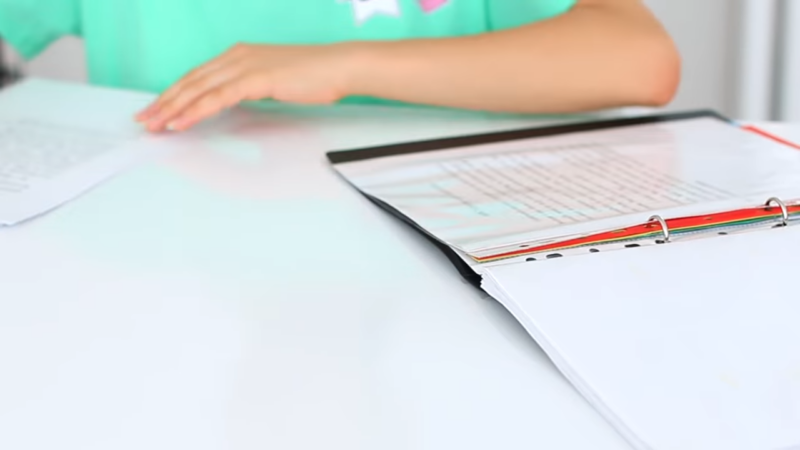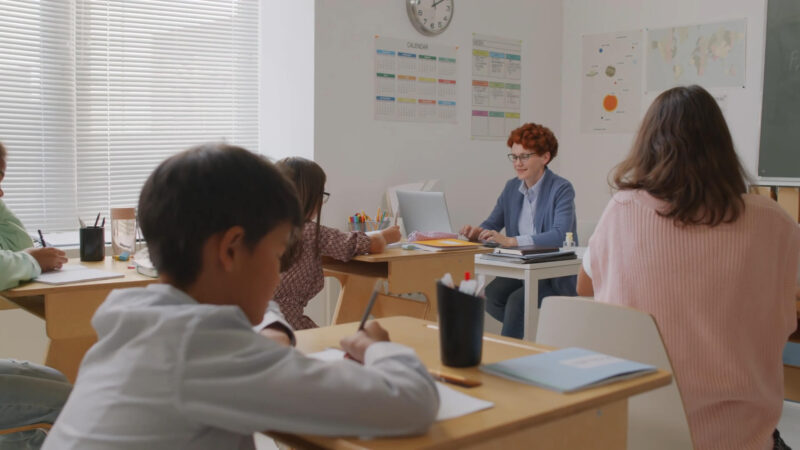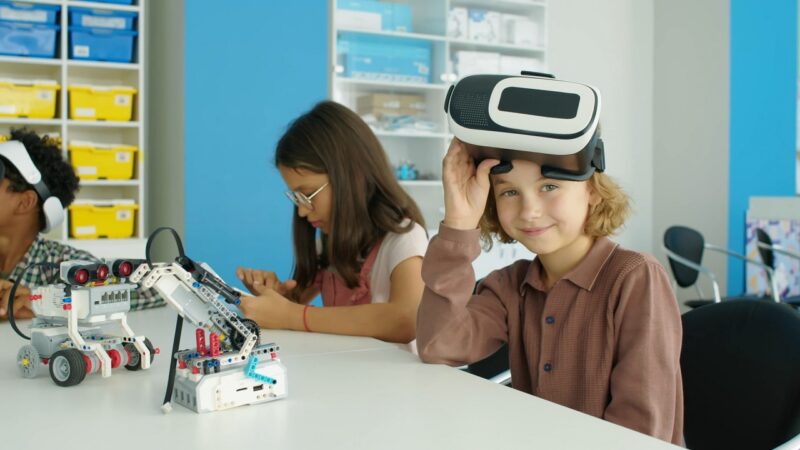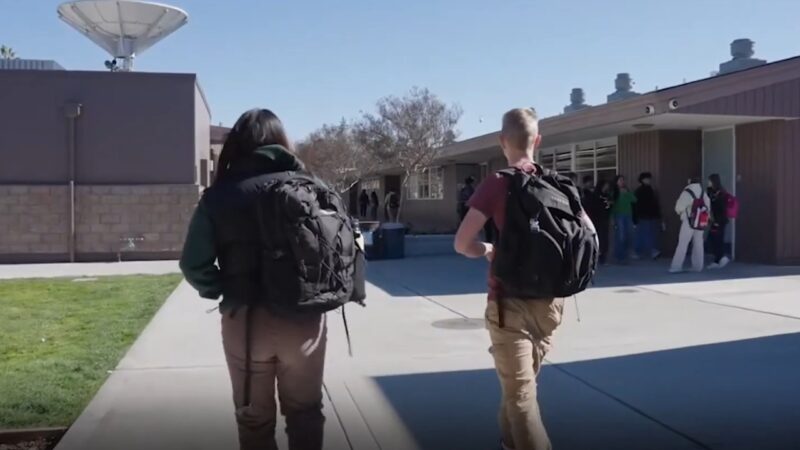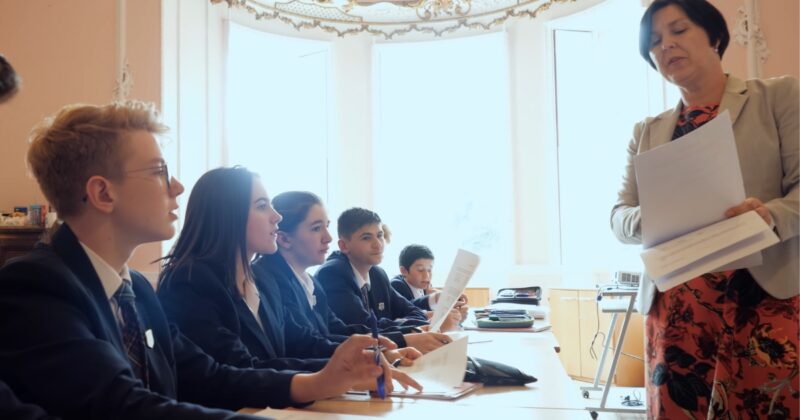“Good checklists are precise. They are efficient, to the point, and easy to use even in the most difficult situations. They do not try to spell out everything – a checklist cannot fly a plane. Instead, they provide reminders of only the most critical steps – the ones that even the highly skilled professional using them could miss. Good checklists are, above all, practical.”
Atul Gawande, The Checklist Manifesto: How to Get Things Right
In the chaos of a school day let alone a year everything can become a muddle.
I watched episodes of The Joy of Painting with Bob Ross on my local PBS channel daily during my middle school years.
Bob would start each episode with a list of the colors of his palate alizarin crimson, cadmium yellow, dark sienna, phthaloyl blue, and sap green. — along the bottom of the screen.
But midway through the episode, those colors were no longer distinct. They would blend, and while new color combinations were created, the palate, once neat and organized, became a muddle.
That’s what once happened to me in day papers, supplies, grades, emails, and notifications in the mailbox they all blended into one big pile in my mind and, more often than not, on a corner of my desk.
That was until I created daily lists.
I have become fanatical about making lists.
In the chaos of a school year, it is an achievement of character to keep everything in its right place.
If I don’t start the year by going through my back-to-school checklist, I’ll never keep the clutter at bay. It is the granddaddy of all my checklists.
I use it at the start of the year and return to it every time I submit progress reports or marking-period grades.
1. Have I Created a Warm Learning Environment?
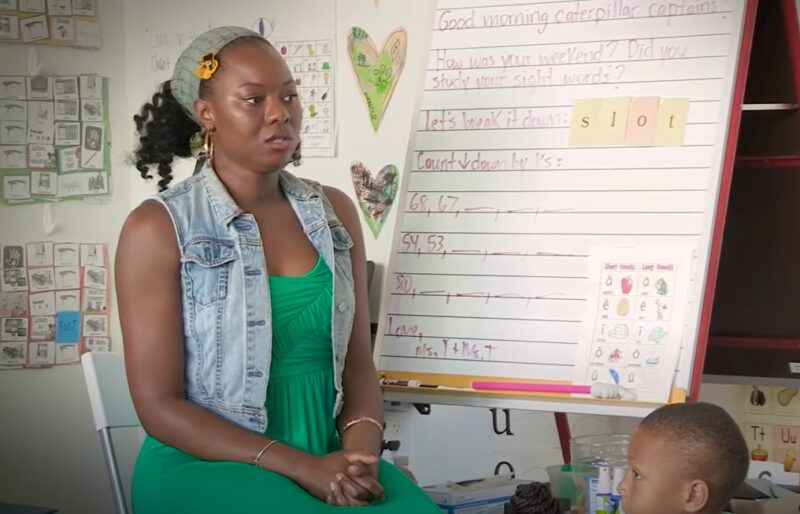
A successful classroom invites students to question and explore.
As Todd Finley wrote in his book, “Feeling agency, excitement, or frustration are all classroom emotions that can be heightened by design a word derived from the Latin word designare: to designate or choose.
Design is intentional and intuitive. Instructors who care about design expand the effort to deliberately plan for a specific student experience.”
Here are my considerations for designing the classroom I want:
- How will I arrange the desks to foster classroom discussion and collaboration?
- Where will I display student work?
- Are important announcements displayed?
- Are books on display to spark student interest and curiosity?
2. Are Smooth Systems in Place?
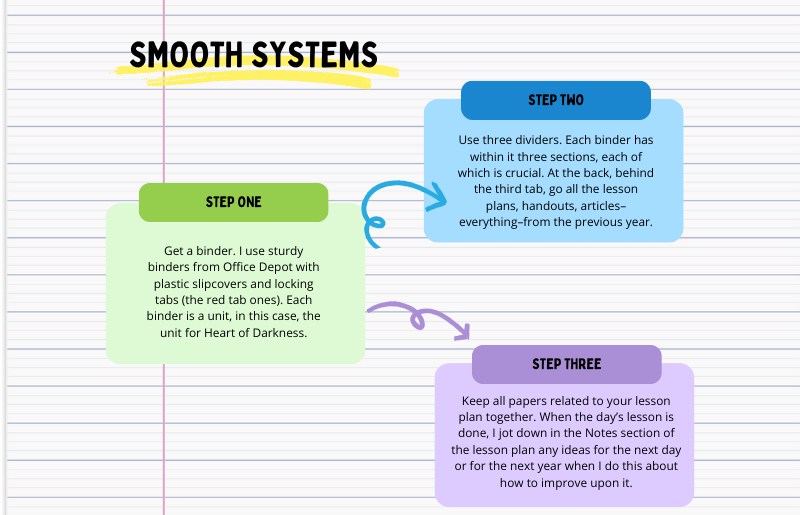
There is so much stuff to manage in a classroom, and then there are the students that we must manage on top of that. Without a flexible system in place to manage, small intrusions on order can sidetrack a lesson or even derail it.
Experience has taught me to listen to my frustrations and devise systems accordingly. My philosophy follows the logic of Albert Einstein, who once said, “Everything must be made as simple as possible. But not simpler.”
Here are the systems I need to have in place at the start of the year:
For supplies, I use a combination of the 6-quart boxes with white lids, 3-drawer mini units, and large clip boxes with latches.
Pens, pencils, markers, highlighters, glue, Post-it notes, index cards, composition paper, white paper, printer paper, and clear plastic covers all have a home. All are labeled. And all are easy for me or my students to access without disruption.
It took me years to figure out a system for absent students. But the answer was simple. I follow Jim Burke’s lead and have a master binder for each unit.
Here’s his overview:
Step One
Get a binder. I use sturdy binders from Office Depot with plastic slipcovers and locking tabs (the red tab ones). Each binder is a unit, in this case, the unit for Heart of Darkness.
I take some serious time to craft these, then type them up on stock and slip them in the spine as you see here. Each binder has three dividers, which I will explain below.
Step Two
Use three dividers. Each binder has within it three sections, each of which is crucial. At the back, behind the third tab, go all the lesson plans, handouts, articles–everything–from the previous year.
I just move them all back there, moving through and finding whatever materials I need to create the current lesson plan for this year.
Over the last year, I have likely added notes and articles, and printed versions of websites to consider.
Behind the second tab are the lesson plans for this year, each lesson was written up and clipped to all handouts, samples, student or professional exemplars, transparencies, images, or notes.
These are in chronological order. Behind the first tab goes notes on binder paper or annotated editions of readings I need to access for several days.
Step Three
Keep all papers related to your lesson plan together.
Each day’s lesson plan, which I write up on the form listed at the end of step three, has attached to it any of the following: clean copies of handouts to run off, my marked-up versions of the same handout; transparencies, notes, and printed copies of webpages to which I will refer; student exemplars or professional examples.
When the day’s lesson is done, I jot down in the Notes section of the lesson plan any ideas for the next day or for the next year when I do this about how to improve upon it.
Having a system for what students should do when they enter the room is essential. The beginning of class is crucial for student engagement.
Lose them in the first four minutes, and you’ll be fighting to get them back all period. The easy answer is that they should be focused and ready to work, but that does not mean that it is Do Nows for 180 straight days.
That kind of monotony would dull and drain even the most enthusiastic learners. Instead, variety is key.
3. Do I Have Templates That Will Save Me Time?
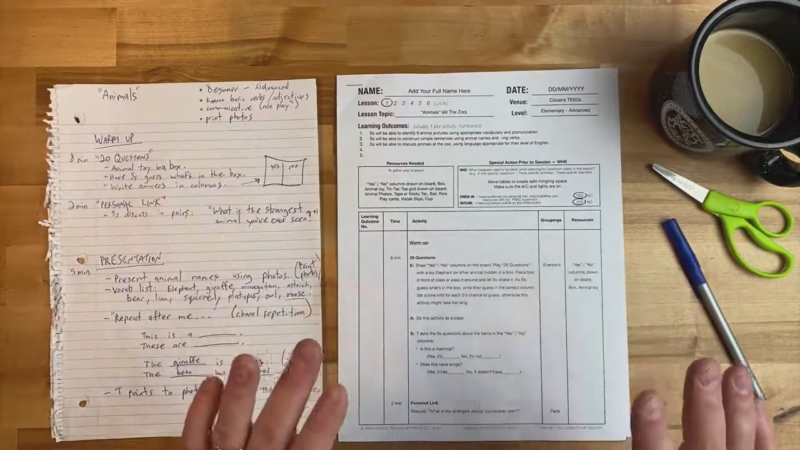
Creating templates for letters and notifications is the easiest way to maximize your output and is probably the most effective time saver.
Emails for Student of the Month, missing homework, and outstanding acts of kindness can be dashed off and sent in seconds if we have prepared templates.
Just plug in names and customize when necessary.
Here is one that I use for those tricky questions about a low grade. I try to steer the conversation toward learning and move it away from the number in the grade book. What’s in bold is what I customize.
Dear Parent,
I am thankful that you emailed me concerning [name the student]‘s grade on our most recent assignment. It provides me with a chance to share what we focused on in class, and it gives us the opportunity to work together to enhance [his/her] learning.
The assignment asked students to [identify the assignment], but it was really a chance for me to see how well the students gathered evidence from the text, developed a thesis, and organized their thoughts in a logical manner [or identify other learning skills assessed].
It was an important assignment because well-supported arguments are signs of analytical thinking and effective communication skills [or connect the learning skills to a broader context]. The grades were based on a rubric that was given out before the essay so that students would be clear on my expectations.
I’d like to see [name the student] master these skills. The feedback that [he/she] received on this assignment shows that we are not there yet, and there is room for growth. I will have a small, informal conference with [him/her] over the next few days and review the key learning skills and how we can close the gap.
Thank you for being so proactive and working with me in [name the student]‘s best interest.
4. Do I Know My Final Expectations?
In The 7 Habits of Highly Effective People, Stephen Covey encourages us to understand the destination so that we can mark a path.
“To begin with the end in mind means to start with a clear understanding of your destination. It means to know where you’re going so that you better understand where you are now so that the steps you take are always in the right direction.”
Before school begins, I look at my final exam. I need to know the skills my students must master and how they are expected to demonstrate that mastery.
It is not because I’m turning my teaching into a test-prep factory, I’m just keeping my eye on the prize.
5. Where Will I Store Important Papers?
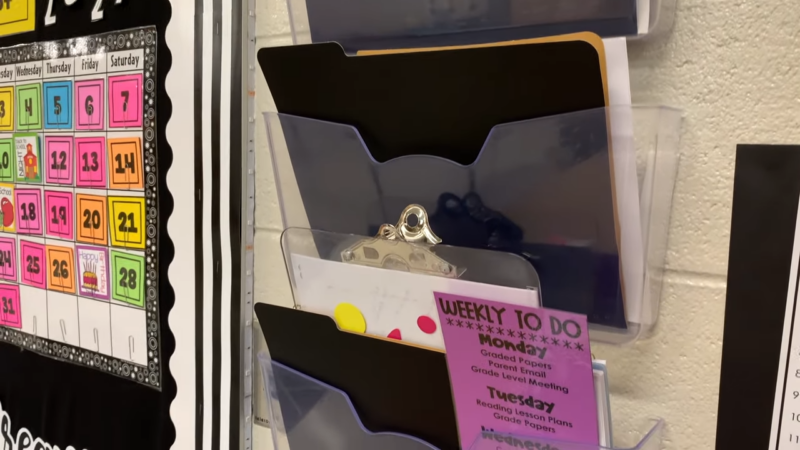
Last year my wife and I purchased this mobile document scanner and it changed our home our home and our professional life.
Now, all our bills and important papers get scanned and saved into Evernote.
When we first purchased it, we shredded 16 pounds of paper from our home.
You need a secure place to store your salary notice, observations, parent contact forms, etc.
It may be a three-ring binder that works for you. You may want to go paperless like me.
Whatever your choice, you need to have it in place at the start of the year because the first week always seems to be when you get inundated with the most paper.
6. Which Rubrics Are Most Beneficial?
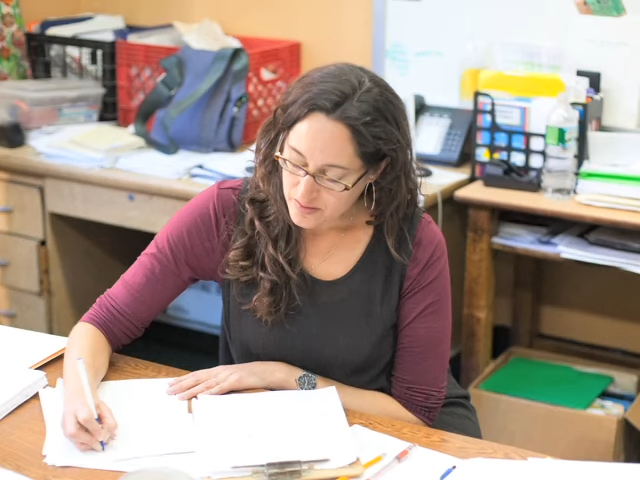
I don’t believe you need a unique rubric for every assignment.
That’s way too much work, and not enough in return.
I have found two things work best with evaluating student work:
- A mini-lesson that targets a key area for improvement
- Conferencing with students to discuss the grades they received. A conference is a two-way discussion allowing for a student to respond. A rubric is a one-way street to a dead end.
That’s why I have 3 to 5 go-to rubrics that cover a wide swath of purposes.
Sandra Effie, a veteran AP Literature teacher, has a bevy of rubrics on her site that suit my needs.
7. Do I Have a Dynamic First-Day Lesson?
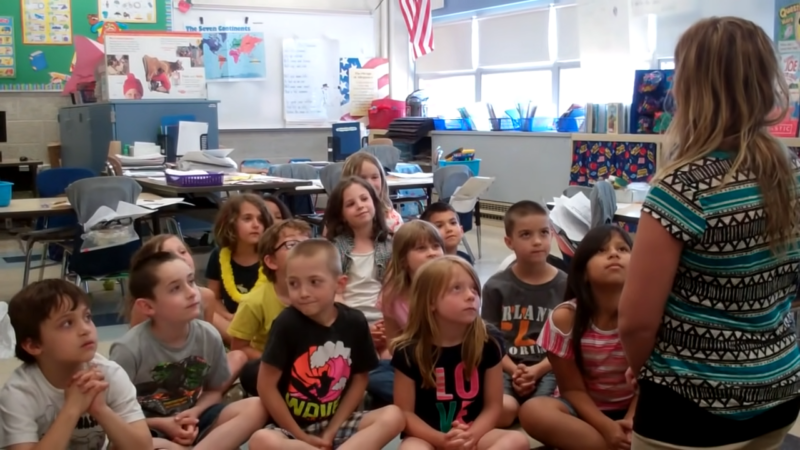
There is nothing worse than listening to teacher after teacher reading the syllabus and setting the course expectations on the first day of school.
There is something to be said for inspiring students and getting them excited to learn on the first day.
As a mentor, I share my knowledge with educators worldwide, believing in the power of collective wisdom to shape a better future.
My leadership has turned Talks With Teachers into a haven for educators to grow and celebrate their profession, truly embodying the organization’s pioneering and caring ethos.
Related Posts:
- 5 Transformative Books for Teachers: Empowering Educators
- Top 15 Books for Teachers 2023 - Educational…
- What Is a Title 1 School - The Impact on American Education
- 5 Worst School Districts in California 2024:…
- 5 Non Fiction Articles to Pair with Classic High…
- The Transformative Impact of Speech-Language Therapy…

